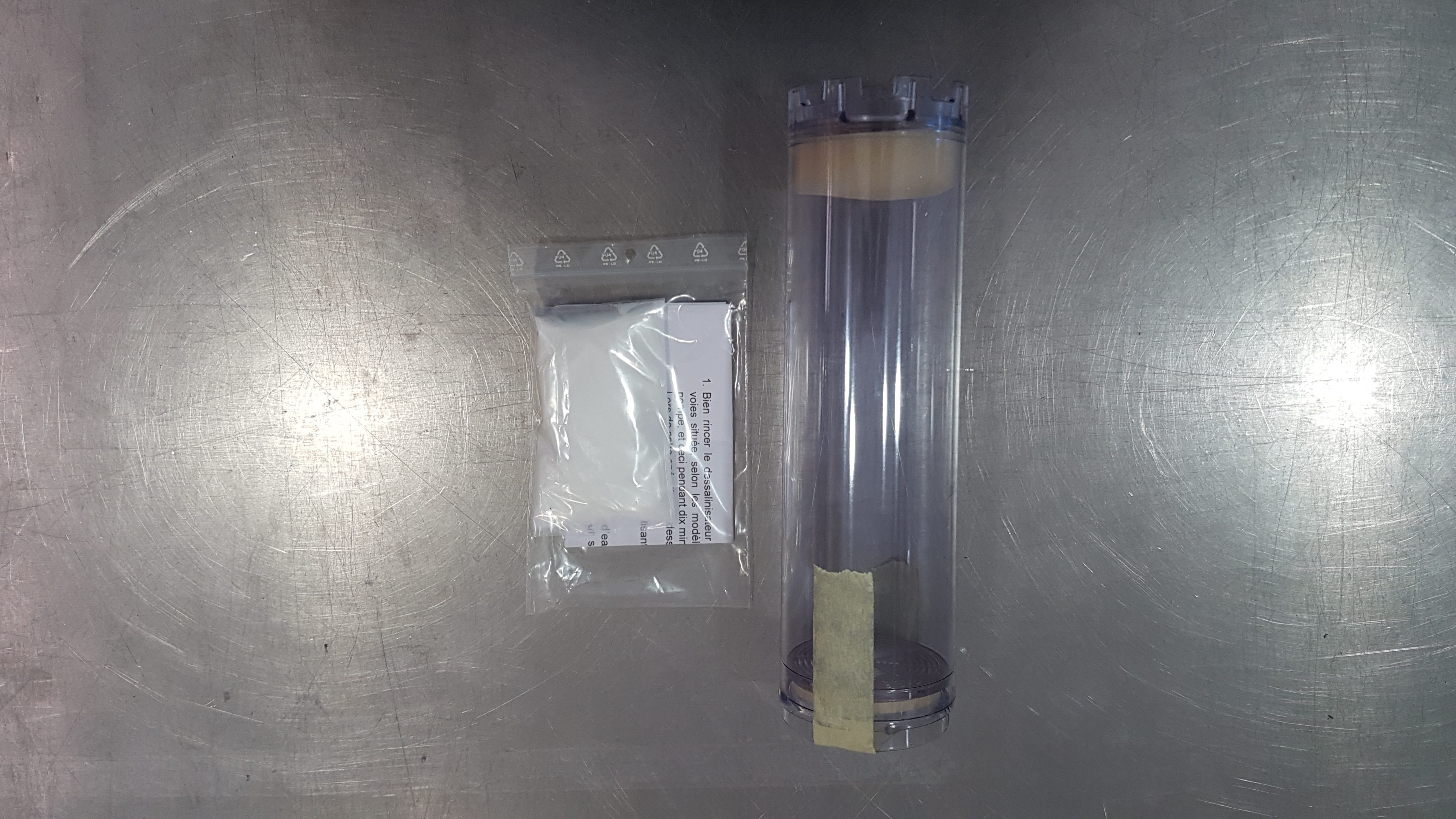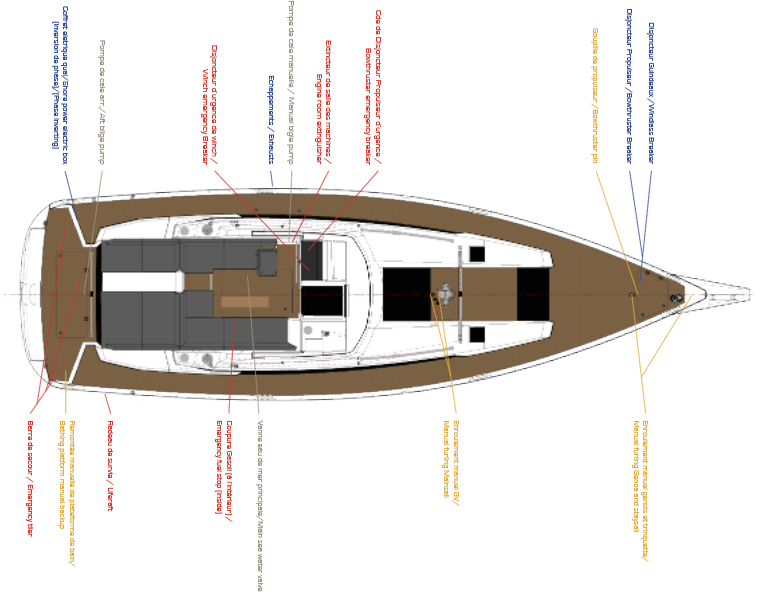Recovery procedure in case of “accidental jibe”
The term of “accidental jibe” refers to an unforeseen and unprepared jibe in maritime jargon. It may be due to a variation of wind, or direction of the boat. It is sufficient for example that the autopilot picks up, the helmsman deconcentrates or is surprised by a wave, etc. There are many cases. The primary mission of the crew during a downwind sailing is to avoid this phenomenon and its consequences. Several precautions can be taken in this direction:
– Steering reasonably away from the wind axis in relation to the vessel-crew capabilities.
– By installing boom preventers (see article: “Installing boom preventers”).
– By a careful monitoring of the wind and True-Wind-Angle changes (TWA).
This incident is to be avoided by its brutality, both for the crew and for the equipment, which are subjected to a shock. In the worst cases, when the boom preventers are not in place, the booms cross the deck at full speed with a force that carries everything in its path. This can lead to serious injuries, whether accompanied or not by “unplanned swimming” for the crew, and significant material damage to the boat, which can lead to dismantling (never seen on an Amel though).
In the case where the boom preventers are in place, the situation can also be tricky. If you are sailing with a non-boomed genoa or a spinnaker, the forward sails will be placed against the mast, while the mainsail and mizzen sail will go against the wind and stay blocked in the wind. So you risk damaging the sail before, losing your manoeuvrability, and seeing the boat literally landing on the water suddenly; last point which will not facilitate your manoeuvre.
If, however, you were sailing butterfly, the fact of having only one sail against the wind will make it easier to straighten out the situation. We will not discuss this case in this article.
However let us not dramatize, if all the unexpected jibes were to end in a shipwreck, there would not be much sailing boats on the water!
Before installing our boom preventers, let us inquire about the actions to be carried out if they were to serve. The problem is: “What reaction should you have if your boat jibes abruptly? ”
As mentioned above, your boat would then:
– Loose speed more or less quickly and thus manoeuvrability,
– If you did not sail butterfly, your front sail would be clamped against the mast and staysail stays, avoiding it from tacking by a simple drop of its sheet,
– Your mainsail, and your mizzen sail would be against the wind and blocked upwind.
Rescue Procedure:
Securing crew
Securing yourself and your crew is the first priority. This is not the right moment to go on the deck without harness, with the risk of passing overboard. The crew must remain in the cockpit, most of the time the situation can be solved from here without any additional risk being incurred.
Re-jib:
This is the simplest solution for not having to handle ropes, and not having to tack the forward sail by making it rub against the mast and staysail.
Sailing
If your boat was not over-powered before the jibe, if you react fast enough to keep enough speed and manoeuvrability, you can try to re-jib by disengaging the pilot and bear away frankly. Be careful, however, to correct your rudder angle quickly once the “re-jibe” is performed so as not to luff excessively thereafter.
The engine
If on the other hand your boat is no longer manoeuvrable, the emergency solution is to start the engine, at full throttle and to reposition the boat wind in the back before to calmly jibe. You can then slowly reduce engine speed to give power to the sails smoothly.
You may be able to use the thruster (s) if necessary. Ideally, generators and chargers should support them.
By reducing the sails
If, despite the engine, you cannot find manoeuvrability, you will have to prepare yourself to handle the sails. This can be the case in very strong wind conditions, or if your engine does not start. Let’s go all the way, considering the worst!
Firstly start with the mainsail, which you can furl by bringing back the point of clew to reduce its catch to the wind, either by letting the boom go gradually. You can do the same with the mizzen sail if necessary.
As a last resort, you will also have to wind your sail before, even if it rubs and spoils. This will only happen very rarely, and the previous operations will normally have reversed the situation in most cases.





